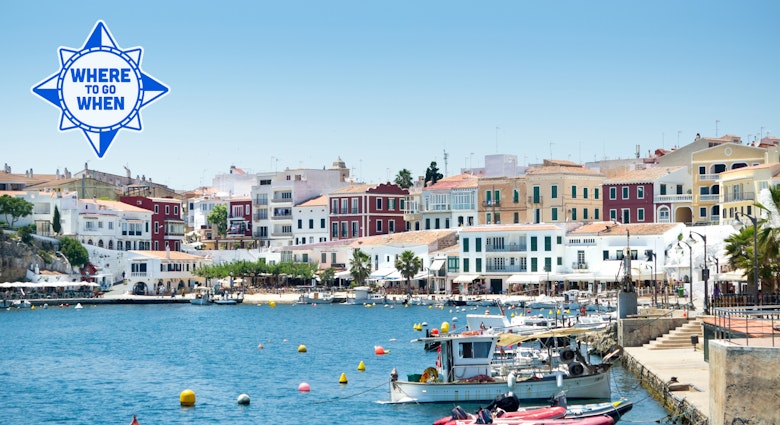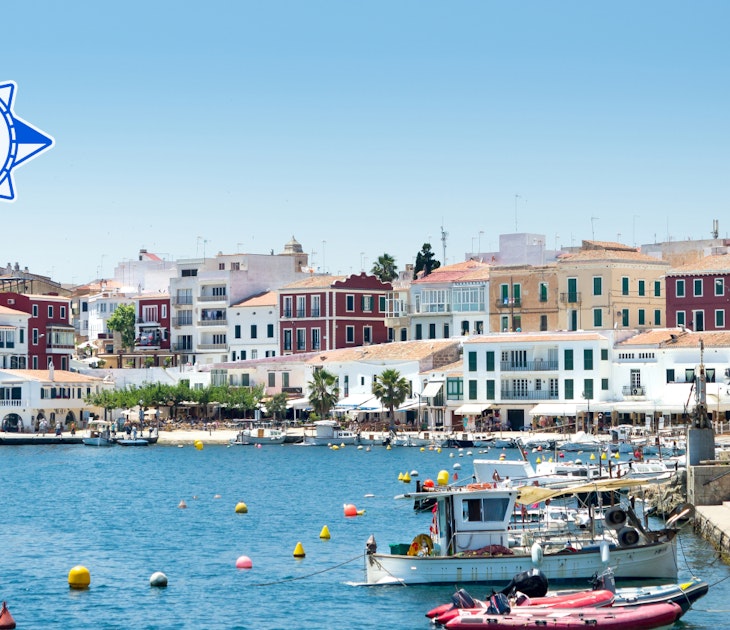
Stonehenge is streaming the summer solstice online for the first time ever
May 15, 2020 • 2 min read

Stonehenge is streaming the summer solstice online for the first time ever © AndyRoland/Getty Images
- placement: fullWidth
- path: articles/in-content-top
- possible size: [970, 250], [970, 90], [728, 90], [300, 250], [320, 50], [1, 1],
- targeting:
{ "url": "stonehenge-summer-solstice-online" }
The ancient, mystical site of Stonehenge in England has announced that it will livestream its summer solstice celebration for the first time ever on English Heritage’s social media accounts.

Stonehenge is one of Britain's great archaeological mysteries. In spite of countless theories about the site's purpose, ranging from a sacrificial centre to a celestial timepiece, no one knows for sure what drove prehistoric Britons to expend so much time and effort on its construction. The first phase of building started around 3000 BC, when the outer circular bank and ditch were erected, although recent archaeological findings show the surrounding area was sacred for hundreds of years before work began.
- placement: fullWidth
- path: articles/in-content-middle
- possible size: [970, 250], [970, 90], [728, 90], [300, 250], [320, 50], [1, 1],
- targeting:
{ "url": "stonehenge-summer-solstice-online" }

A thousand years later, an inner circle of granite stones, known as bluestones, was added. Around 1500 BC, Stonehenge's main stones were dragged to the site, erected in a circle and crowned by massive lintels to make the trilithons - two vertical stones topped by a horizontal one. The bluestones from 500 years earlier were rearranged as an inner bluestone horseshoe with an altar stone at the centre. Outside this, the trilithon horseshoe of five massive sets of stones was erected. Three of these are intact; the other two have just a single upright. Then came the major sarsen circle of 30 massive vertical stones, of which 17 uprights and six lintels remain.
- placement: native
- path: articles/in-content-native
- possible size: [f, l],
- targeting:
{ "url": "stonehenge-summer-solstice-online" }

Stonehenge hosts one of the world’s most popular summer solstice celebrations annually on the longest day of the year. Thousands of visitors descend to watch the sun rise behind the Heel Stone, but with the COVID-19 pandemic, hosting a crowd won't be possible this year. The English Heritage organisation is instead offering a livestream of the sunrise on on Sunday morning GMT on 21 June on its social media channels. “We hope that our live stream offers an alternative opportunity for people near and far to connect with this spiritual place at such a special time of year and we look forward to welcoming everyone back next year,” says Nichola Tasker, director of Stonehenge.
Check out English Heritage’s website here.
Keep up to date with Lonely Planet's latest travel-related COVID-19 news here.
You might also like:
Genoa’s incredible futuristic “floating bridge” nears completion
See the most incredible architecture around the world in these award-winning images
- placement: fullWidth
- path: articles/bottom
- possible size: [970, 250], [970, 90], [728, 90], [300, 250], [320, 50], [1, 1],
- targeting:
{ "url": "stonehenge-summer-solstice-online" }
Explore related stories


 HistoryIan McKellen and other celebrities campaign for Tolkien’s home to become a creative center
HistoryIan McKellen and other celebrities campaign for Tolkien’s home to become a creative centerDec 4, 2020 • 1 min read
 HistoryPioneering feminist Mary Wollstonecraft gets a statue - but not everyone’s enthused
HistoryPioneering feminist Mary Wollstonecraft gets a statue - but not everyone’s enthusedNov 12, 2020 • 2 min read


 HistoryThe mystery of where Stonehenge’s iconic sarsen stones came from has been solved
HistoryThe mystery of where Stonehenge’s iconic sarsen stones came from has been solvedAug 3, 2020 • 2 min read


 Unique StaysDownton Abbey's castle can be rented on Airbnb for one night only
Unique StaysDownton Abbey's castle can be rented on Airbnb for one night onlySep 17, 2019 • 2 min read
